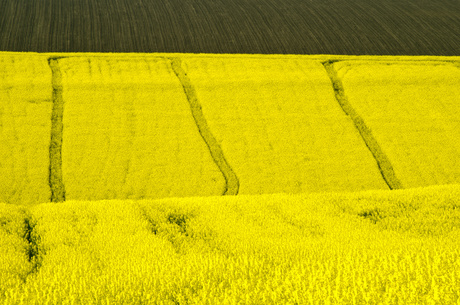Are sensors, drones and satellite apps the future for agribusiness?

Three major issues face agriculture — declining productivity, cost of production and retention of the next generation. An answer to these and a strong focus for the immediate future should come from advances in technology.
The importance of agriculture in the 21st century is tremendous, and the agricultural industry has the potential to underpin the Australian economy. Digital agriculture in the form of precision farming, big data, sensor technology and drones presents potential for productivity gains. On-farm innovation is thriving and Australian researchers and farmers are experimenting with data-driven applications to reduce costs and optimise land and water use.
Making its debut alongside the Irrigation Australia International Exhibition, AgriTech Australia 2016 will showcase the latest in high-end agricultural technology, and the free-to-attend seminars will showcase the tools to unlock the next wave of productivity needed to keep Australian agriculture competitive.
What you can expect to see at AgriTech?
Precision mapping and imagery
Aerial Image Works specialises in aerial surveys, mapping and asset/pipeline inspections using unmanned aerial vehicles (UAVs), also known as drones. Coverage includes all land types including mining, exploration, agricultural, construction and environmental areas. Aerial Image Works’ team can export data captured in a variety of formats ready for use in the user’s preferred GIS software. Staff can also provide additional data processing services such as point cloud classification, vegetation identification, NDVI, slope analysis and watershed analysis, to name a few. The company was one of the first in Australia to operate the Bramor rTK UAV — a high-precision, long-endurance UAV suitable for surveying and remote sensing applications. [Stand 129]
Moving weather-based scheduling into the future
IrriSAT is a weather-based irrigation scheduling and crop benchmarking tool that uses remote sensing to provide site-specific crop management information across large scales at relatively low cost. It combines two sources of information: on-ground weather station networks and satellite imagery. It calculates the crop coefficient (Kc) from a linear relationship with a satellite-derived normalised difference vegetation index (NDVI). Daily crop water use is determined by simply multiplying Kc and daily reference evapotranspiration (ETo) observations from a nearby weather station. A seven-day forecast of ETo is then available to assist with accurate advanced irrigation scheduling. [NSW DPI is on Stand 250]
Big data analytics for intelligent farming
The Intelligent Environmental Knowledgebase (i-EKbase) is a Farm Health Monitoring System that provides automated analysis and predictions to support farm management by integrating public and commercial data sources, applying big data analytics, predictive modelling and a visual overlay of analysis on Google Maps. The innovation in this idea is the incorporation of scalable analytics and customisable predictive modelling into the system as new applications or as partners arise. The purpose of the analytics is to present high-resolution visual information to farmers in a manner that can be interpreted and acted on. [i-EKbase and CSIRO on Stand 130]
AgriTech Australia 2016
Dates: 24–26 May 2016
Venue: Melbourne Convention and Exhibition Centre
Co-located event alongside 2016 Irrigation Australia International Conference and Exhibition
Registration and entry to AgriTech is free.
For more information and to register, visit www.agritech.com.au.
How to navigate Australia’s new climate regulations
Australia’s new mandatory climate reporting regulations are set to take effect next year,...
A concrete use for carpet fibres
Australian engineers have come up with an unexpected use for discarded carpets: as a means to...
COP29: finance, a "crucial" opportunity and a seat at the table
Leaders and diplomats from around the world are descending on Baku, Azerbaijan, this month for...









